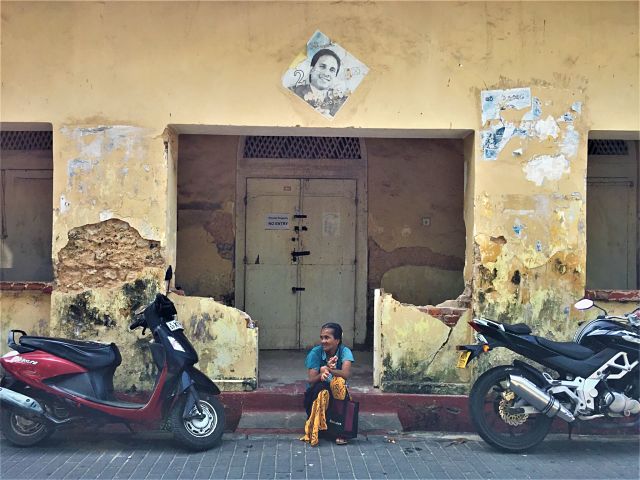The Central Bank through its extremely tight monetary policy has brought down the inflation rate from about 70% a year ago to less than 2% in September. This is a remarkable achievement, and it has been hailed by many, including the IMF, as a success story. Dhananath revealed the myth behind this success story by distinguishing between the cost of living and inflation rate. We can amplify his position with relevant numbers.
The cost of living is the increase in the consumer budget of a typical Sri Lankan family of nearly four people. This was Rs. 91,880 in January 2021. This has accelerated to Rs. 175,491 by September 2023. Though the inflation rate is down to less than 2%, a family still faces an increased cost on consumption goods that reduces its welfare level. This is without the increase in the prices of investment goods that has affected the livelihood of people. Again, the reduced income levels over the increase in the consumption goods is a double whammy affecting the people. Though the reduction in inflation rate is good for the Central Bank as an indicator for its monetary policy, it is not a valid argument for measuring the welfare level of people if their income has not correspondingly increased.
When the question was posed to Dhananath as to where Sri Lanka stands now in its march toward recovery and ensuring economic growth, his answer was quick and straight. He said that some of the grave hardships like queues for fuel and cooking gas have eased, but the economy is not out of the woods. He said that one should look at the big picture to make the judgment. According to him, the crisis was understood by Sri Lankans in terms of long power cuts, queues for fuel, and non-availability of an essential input in urban kitchen, cooking gas. When these hardships are no longer to be seen, many might conclude that Sri Lanka does not have a crisis. But the big picture in the crisis is the same without a quick resolution.
Sri Lanka still does not have sufficient foreign exchange balances to meet its requirements. When it will start repaying debt after it has been restructured, the higher foreign exchange outflow will be much more than the limited availability of inflows. Though Dhananath did not say it directly, what he implied was that the current stability in the exchange rate is not sustainable and it might start crashing at any time due to lack of a sufficient inflow of reign exchange reserves. The Government’s revenue performance is poor, and it cannot reduce the gap in the budget as planned. As a result, the central government debt is still ominously crushing the basic macroeconomy.
He used a simple example to drive his point home. Suppose the economy is like a cake weighing 1 kg. The central government debt is 128% of that cake meaning the weight which the cake should bear now is 1.28 kg of debt. Hence, the economy getting crushed by the overwhelming weight of the central government debt cannot be avoided. Economic growth is still negative and even in the next few years it will grow at a very slow rate. He used another simple example to elaborate on his point. The cake has shrunk by 11% and its present weight is only about 900 g. If the economy grows by 3% in 2024, the size of the cake will only be 927 g, meaning that it has not returned to the previous level of the economy. Hence, this is not a situation where Sri Lankans can be complacent.
Excerpts from a longer article appeared in Daily FT on 01.11.2023 : Current state of Sri Lankan economy, according to Dhananath Fernando
